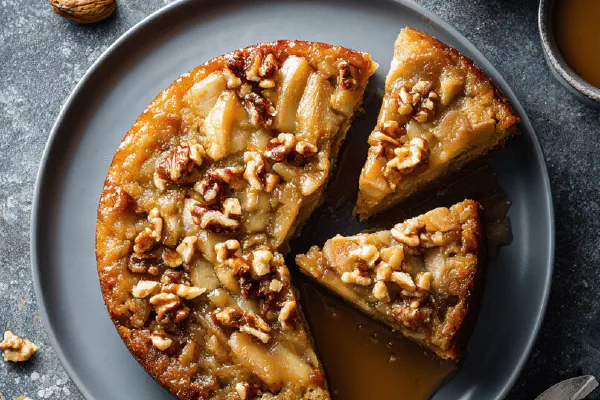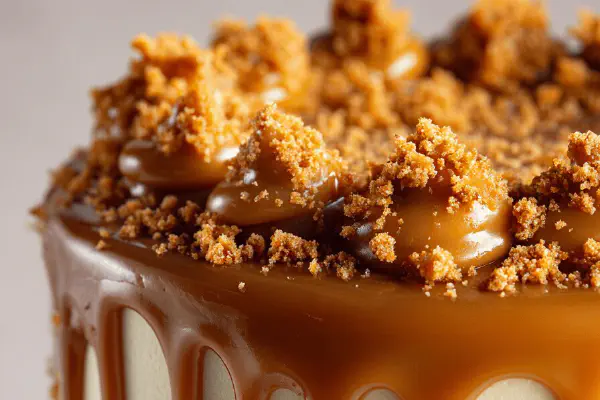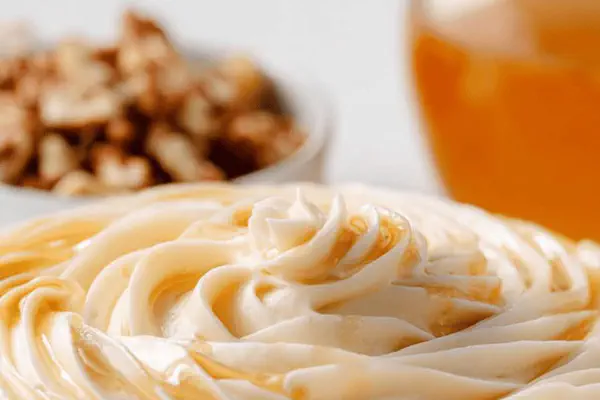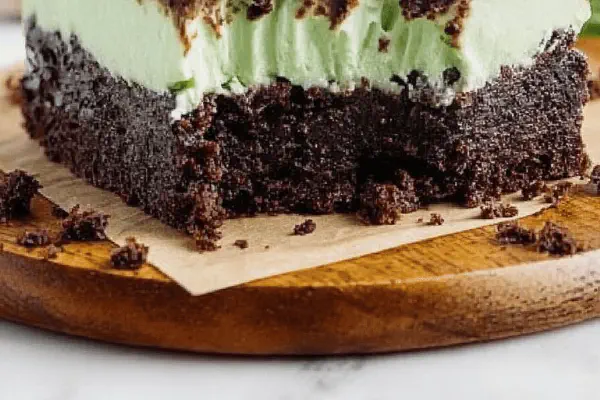Lemon Butter Frosting Remix
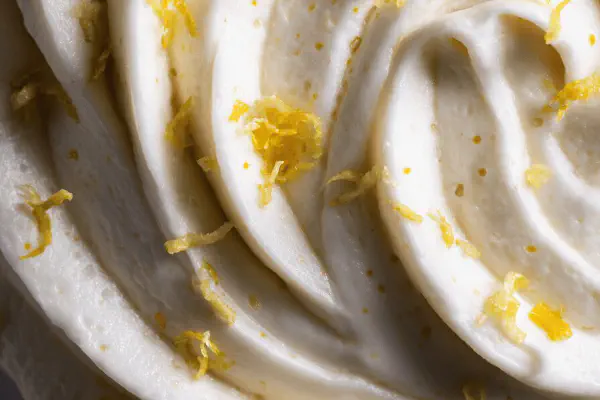
By Emma
Certified Culinary Professional
Ingredients
- 100 ml yuzu juice
- 150 ml unsweetened almond milk
- 1 egg yolk
- 320 ml unsalted butter, softened
- 60 ml all purpose flour
- 220 ml granulated sugar
- 1 tablespoon finely grated lemon zest
About the ingredients
Method
Step 1
- Mix yuzu juice, almond milk, and egg yolk in a bowl. Whisk until just combined. Avoid over-whisking or yolk may foam unpredictably.
Step 2
- In a heavy saucepan, melt 40 ml butter over medium-low. Add flour all at once; stir continuously. Cook about 1 minute until raw flour smell evaporates and mixture forms smooth blond paste. Be vigilant: browning? Scrap pan off heat promptly.
Step 3
- Slowly pour citrus mixture into paste while whisking vigorously. The immediate glossy lumpy texture signals starch hydration starting. Adjust heat to medium-high and bring to gentle boil. Watch closely – bubbles spread through mixture like fine sand. Stir continuously; simmer roughly 3 minutes until thickened, coating back of spoon.
Step 4
- Transfer to bowl. Cover directly with cling wrap touching surface to prevent skin forming. Cool to room temperature. The frosting should feel cool, slightly gelatinous. This step crucial to avoid scrambled eggs later.
Step 5
- Add remaining butter and sugar to cooled mix. Using electric mixer, beat for about 6 minutes on medium-high speed. You want pale, airy, fluffy texture that holds shape but still soft. Longer beating incorporates air; texture lightens.
Step 6
- Fold in lemon zest. Gives slight texture contrast and bright aroma. Taste here; tanginess should feel balanced with buttery sweetness.
Step 7
- Keep refrigerated if not using immediately. Let come close to room temp and give quick whip before spreading. To fix any curdling, warm gently over double boiler and re-beat.
Step 8
- Use on vanilla cake base, sponge, or almond pound cake. Works best spread thickly to contrast tang and sweet. Avoid direct oven heat once frosted unless firm chilling first.
Cooking tips
Chef's notes
- 💡 Butter must be softened, not melted. Cold blocks ruin creaming stage, skip fridge hardening by resting at room temp first. Whipping time shifts with butter warmth; cold means longer whip, risk dull texture. Stir flour in melted butter off heat right away; browning kills starch action, paste needs pale blonde. Timing is sensory - smell flour gone, soft paste forms. Avoid lumps by slow liquid addition, whisk vigorously. Sloppy stirring? Lumps show quickly when heat goes up.
- 💡 Simmer stage is a dance. Heat too high breaks custard. Fine sand bubbles signaling starch swelling; listen for subtle hiss, no rolling boil. Watch sheen on spoon back - thick, shiny but still pourable. Texture should feel sticky yet flow. It’s gelatinizing, no grainy lumps allowed. Stir nonstop. Not enough simmer? Runny frosting; too long? Clumpy or tough. Cooling covered with cling wrap pressed on surface stops skin. Skin ruins mixing later, always skip chilling here.
- 💡 Folding lemon zest last adds fresh aromatic bursts and subtle chew. Add too soon, zest oils fade during whipping. Fresh zest preferred; dried or candied changes moisture balance, adjust quantity carefully. Taste after folding, tang should balance trimmed sugar and butter. Sugar cut by 25% in remix for brightness; tweak if needed. Almond milk subtles nuttiness, skip if allergic or substitute with coconut milk but keep an eye on texture, richness changes whipping time and body.
- 💡 Egg yolk is thickener and binder here. Whisk it gently with citrus liquids before heat stage; avoid foam or bubbles that break protein structure and cause foaming later. Split yolk carefully, no whites, whites scramble and ruin smoothness. Cooling custard right is essential; warm mix adds butter too soon, scrambling risk. Use visual foggy shininess as cue to stop simmering; stirring texture changes when custard 'sets' but still soft. Rapid chilling or skipping cling wrap causes skin, tough patches.
- 💡 Curdling happens if mix overheats or whipped too hard cold. Fix by gentle warming over bain-marie; warm slowly, stir with electric mixer at medium speed. Don’t stir by hand vigorously or temp spikes. Butter cold? Texture less airy, increases whip time. Store refrigerated with airtight seal, frost usually stable 2-3 days but texture loosens if frozen. Bring close to room temp before using; quick re-whip restores airiness, avoids pastey spread. Freeze last resort; texture degrades visibly.
Common questions
How to avoid lumps during cooking?
Flour paste stage super critical. Stir constantly while cooking flour and butter; smell raw flour vanish means done. Add liquids slow pouring whisks lumps away. Heat too high causes clumps fast; medium-low key here. Watch for paste color, stop when pale blond, no browning.
Can I substitute lemon juice for yuzu?
Yes, fresh lemon juice 125 ml swap works but expect sharper acid punch, stronger citrus notes. Yuzu softer, floral. Almond milk still recommended for nuttiness. Coconut milk alternative but increases richness and frosting thickness; adjust sugar and butter slightly.
What if frosting curdles during mixing?
Warm gently over double boiler, beat slowly at medium speed to recombine. Don’t overheat or beat by hand too hard or scramble risk. Restart whipping only when temperature comfortable to touch or pale airy texture returns. Could skip butter chilling to reduce risk too.
How long can I store frosting?
Store airtight in refrigerator till 3 days safe, seals freshness. Longer storage needs freezing but expect slight texture breakdown. Bring to room temp before re-whipping. Avoid freezing if strong citrus oils present; might dull flavor. Use soon after mixing best for texture integrity.
